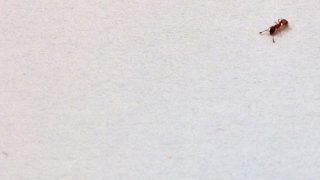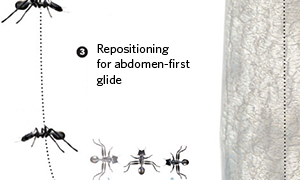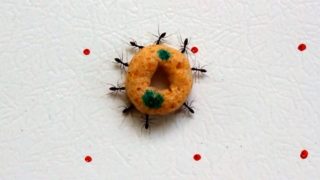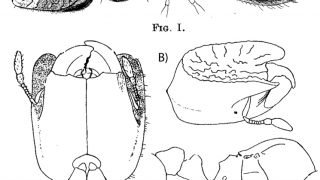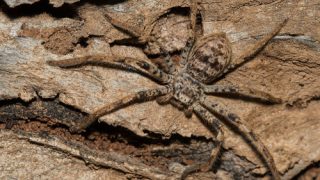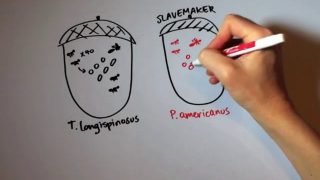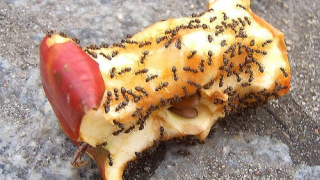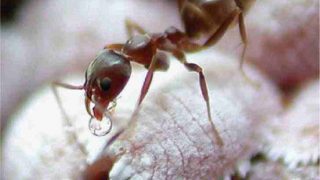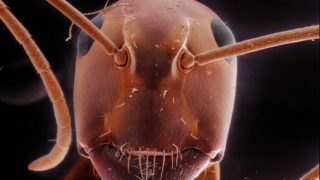
Lefties
Behavioral lateralization is a significant field of study because it may provide insights into the initial origins of lateralization. Different and very diverse organisms show lateralization. The best known is handedness, a better (faster or more precise) performance or individual preference for use of a hand but it is not unique, many creatures, including humans […]
